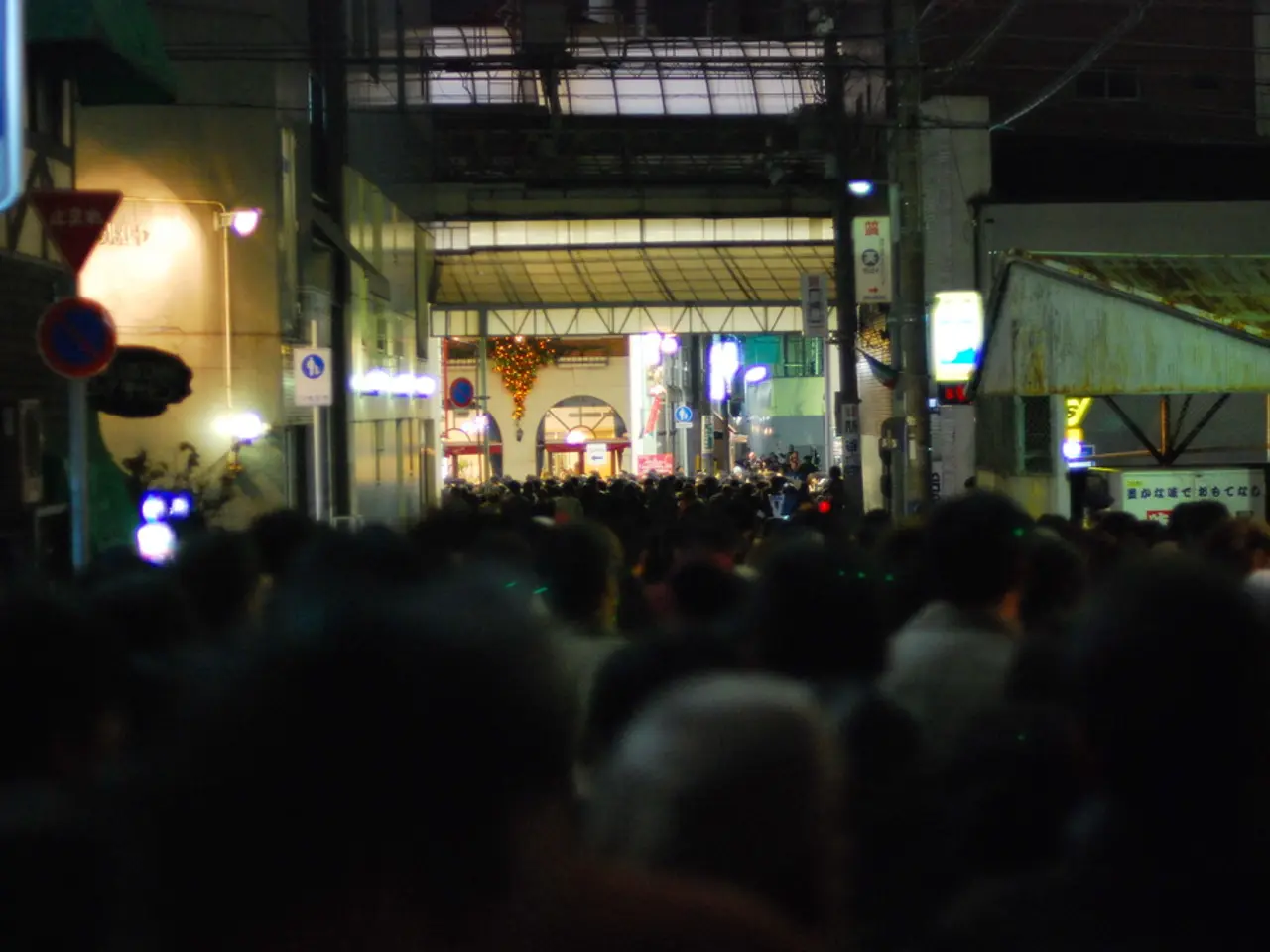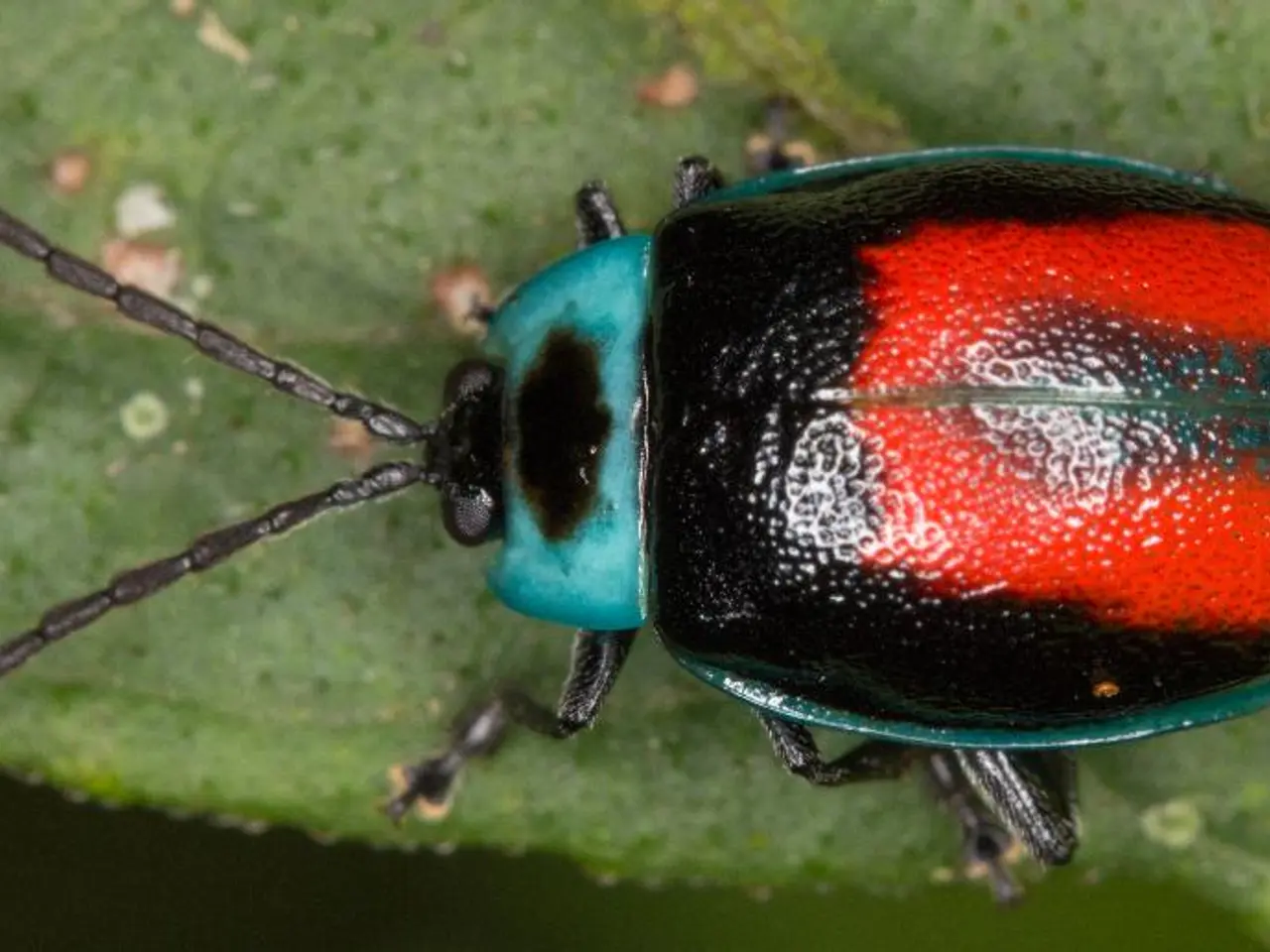Transform a Tranquil Retreat through Sound-Absorbing Ecological Hedge Barriers
Transforming Yards into Peaceful Retreats: The Power of Noise-Reducing Permaculture Hedges
Noise pollution is a common issue in both urban and suburban areas, but there's a green solution that not only reduces unwanted sounds but also offers numerous environmental benefits: noise-reducing permaculture hedges.
These special hedges, made of various plant species, can effectively block views and reduce noise by up to 10 decibels, making them an ideal choice for gardens, cities, and business areas.
Choosing the Right Species
The best plants for creating a noise-reducing permaculture hedge are those with dense foliage, fast growth, and ecological benefits. Some top choices include the Hopseed bush (Dodonaea viscosa), Bay (Laurus nobilis), Elderberry (Sambucus spp.), and Podocarpus.
The Hopseed bush is highly recommended due to its rapid growth, which quickly forms a thick hedge. Bay and Elderberry are edible privacy hedges that offer sound barrier benefits while providing habitat and food for wildlife. Podocarpus is noted for its neat, clean lines and dense foliage suitable for noise reduction.
Incorporating native or drought-tolerant plants aligned with your local climate promotes sustainability. For example, Mediterranean-style evergreens like olives can be effective in warmer climates.
Creating a Layered, Multifunctional Hedge
Combining different species such as hopseed bush for structure and elderberry for wildlife can create a layered, multifunctional hedge that reduces noise, supports biodiversity, and fits permaculture principles.
Maintaining Your Hedge
Maintaining a healthy, noise-reducing hedge is key for its growth and effectiveness. Regular pruning, using sharp shears for clean cuts, and avoiding harming the plant are essential. Pruning should be done in early spring or late fall, based on your plant type.
In addition, using organic pest control is vital for your hedge's health. In spring, use an organic fertilizer to support growth without harming the environment. Regularly removing dead or damaged branches also boosts growth and keeps your hedge looking its best.
The Future of Green Cities
As cities grow, permaculture will play a significant role in urban planning. Noise-reducing permaculture hedges can block noise, capture carbon, and home wildlife, paving the way for a brighter, greener future.
Incorporating these hedges into your landscape can turn your yard into a peaceful retreat, providing a smart approach to sustainable landscaping and permaculture soundproofing. By carefully adding hedges to your yard, you can make it a peaceful haven, supporting nature and improving our well-being.
Working together, we can care for our environment and build community, helping us value and protect these green spaces for the long run.
- To create a more sustainable garden, consider using native or drought-tolerant plants that align with your local climate, promoting sustainability and fostering biodiversity.
- Incorporating native species like the Hopseed bush, Bay, Elderberry, and Podocarpus into a permaculture hedge can enhance its ability to reduce noise, provide habitat for wildlife, and offer additional benefits like edible foliage.
- By layering various species within your permaculture hedge, such as using the Hopseed bush for structure and Elderberry for wildlife, you can build a multifunctional hedge that supports biodiversity, promotes sustainability, and reduces noise levels.
- Adopting a science-based approach to environmental-science, incorporating green practices like noise-reducing permaculture hedges into home-and-garden landscaping can contribute to the growth of sustainable and green cities, improving the lives of both people and wildlife.




